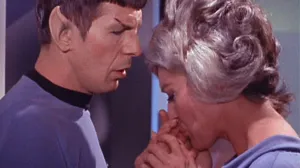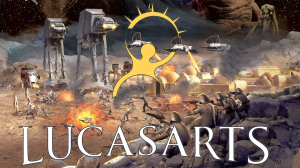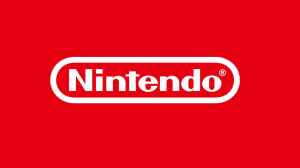You discover plenty of lost media going through the forgotten hole of the late 90s and early 2000s animation. It was a peculiar period in American television when anime dominated the airwaves while CGI animation grew as an industry. Dragon Ball and Pokémon were becoming household titles, whereas ReBoot and Beast Wars: Transformers proved the viability of an ongoing CGI television series. Smelling a trend, Bandai partnered with the company behind Gundam, Sunrise Studio, to create a 3D and 2D animated hybrid, brought to American audiences with the help of a classic brand. The partnership between the corporations led to the creation of DinoZaurs, also known as DinoZone, a series about prehistoric dinosaurs that transform into knights to defend the planet from evil aliens known as Dragozaurs.
Videos by ComicBook.com
The Dino Knights were in CGI, and everything else was 2D animated, including the backgrounds and human characters. The CGI Dino Knights are very evocative of the Maximals and Predacons from Beast Wars, with the characters’ transforming gimmick hammering home the connection. The series was essentially an anime Beast Wars in the modern day, and with human sidekicks. DinoZaurs initially aired as an OVA series from 1999 to 2000 before evolving into a full-length, 26-episode anime later in 2000. Saban Entertainment, the same company behind Power Rangers and Digimon, licensed the show out to air on Fox Kids.
[RELATED – New Power Rangers Reboot in the Works From Disney+ and Hasbro]
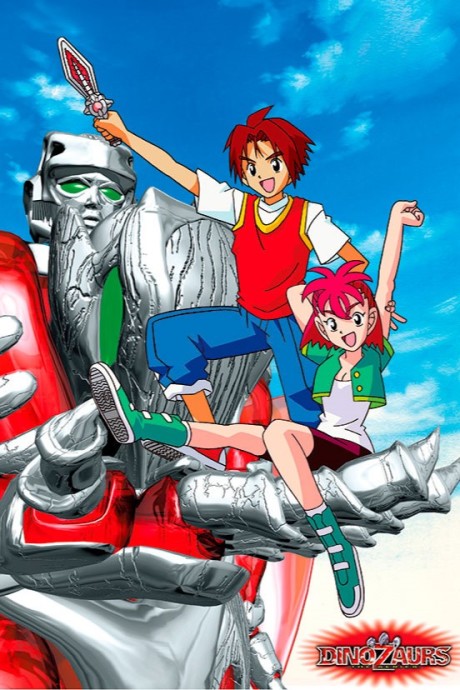
Was DinoZaurs Ahead of Its Time or Dated?
When DinoZaurs first aired, CGI in television was still in its infancy, and the concept still seemed charming. The early use of limited CGI in Digimon was used to great effect, with the CGI warp Digivolution scene in Digimon Adventure being one of the standout moments. Dinosaur’s premise of mixing CGI figures in a 2D environment still felt fresh and interesting at the time, yet the effects have aged very poorly. The models looked stiff and metallic, with the characters moving without much weight or personality. The designs felt too similar to and derivative of Beast Wars, making them stand out less.
Even though North America had cultivated a business delivering CGI animation, Japan hadn’t fully grasped the technology when DinoZaurs first aired. Some anime fans believe Japanese companies still don’t have a handle on 3D animation, with well-received 3D animes being few and far between. Nonetheless, studios like Polygon Pictures exist to produce CGI shows, showcasing how far the technique has come in the country. DinoZaurs would become a test run for Sunrise Studio’s future Gundam series. The company dipped its toes with CGI with The Vision of Escaflowne, which utilized minimal 3D animation. Sunrise would now often use CGI animation to create giant robot models and place them within 2D environments. The company would most prominently use that technique when animating Gundam Unicorn. Using CGI to create the illusion of mass and depth for mecha has since become common practice for Sunrise, but the studio was still relatively new to it when it came down to DinoZaurs. Whatever the series’ shortcomings, it still proved a vital training tool for the House of Gundam.
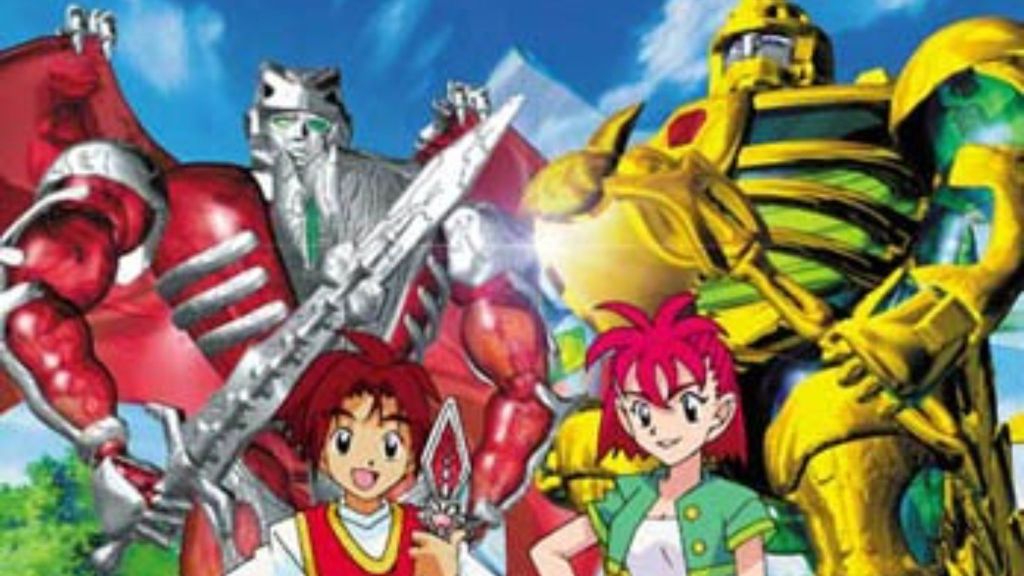
DinoZaurs Led the way to 3D and 2D Hybrids
Beast Wars acted as DinoZaurs‘ predecessor, seemingly as a contemporary to the latter show. Beast Wars is often viewed as unappealing to modern audiences because of its outdated CGI models. However, people forget that Beast Wars was ahead of its time in many aspects and was genuinely well-written, with a stellar voice cast. Characters had expressive facial features, and the animals moved like real animals. In contrast, DinoZaurs‘ 3D models look ugly and too reflective. The Transformers franchise would copy the 2D and 3D hybrid animation style with Transformers Energon in 2004, produced by Japanese studios Actas and Studio A-Cat. The robots in Energon were CGI models, while the humans and several environments remained in 2D. Energon suffered from the same issues that plague DinoZaurs, with most of the 3D animation being stiff and the movement being unnatural.
The Transformers series was more successful in its 3D and 2D combination with Cybertron before the franchise went full CGI with Prime. Incorporating 3D and 2D animation has now become a common practice in many animated projects, with the stylized mixture between 2D and 3D creating a nice effect that looks awesome to the human eye. Even though Dinozaurs feels particularly off-putting compared to the more modern use of 2D and 3D animation, there’s something oddly enduring about the show. The series had an ambitious toyline released alongside the show, yet neither the anime nor the toys were successful enough to continue the brand, leading to the series being forgotten. Dinozaurs is still worth glancing at, if only to make fun of some of its 3D models, or maybe be charmed by it. They don’t make animation like they used to, so there is an appeal to see how anime looked back in 2000.




